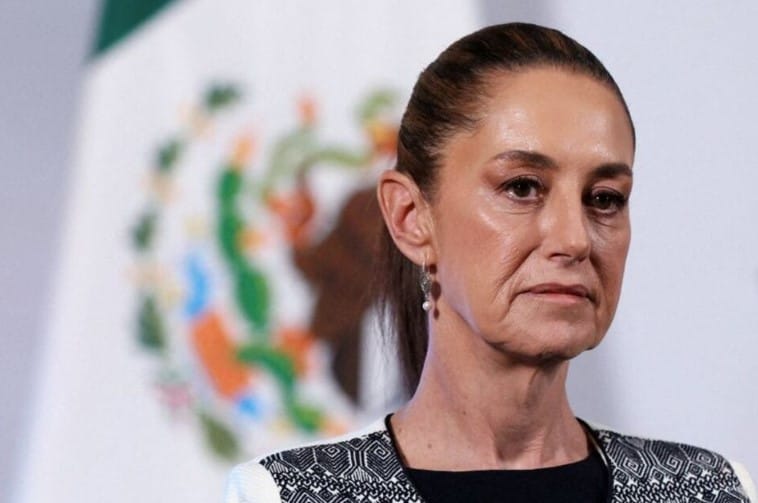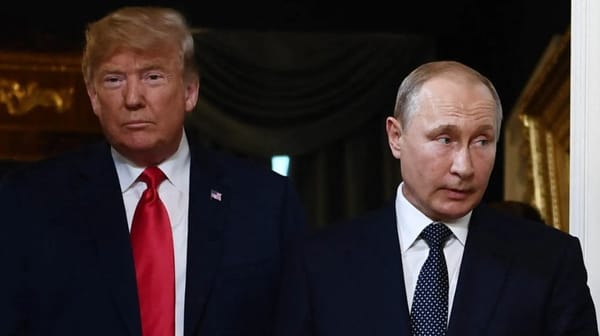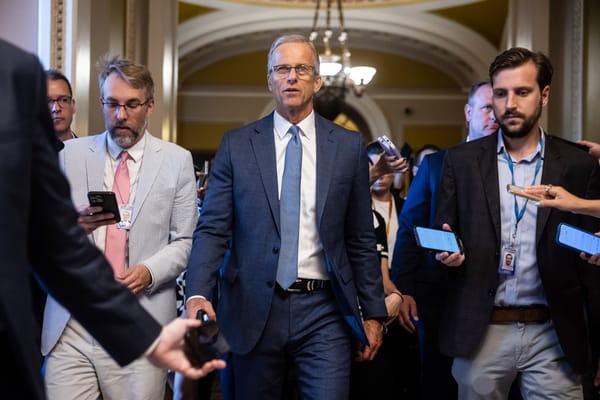US-Mexico-Canada Trade Agreement Discussions: Navigating Uncertainty in North American Integration

The trilateral trade relationship between the United States, Mexico, and Canada faces its most significant test since the implementation of the USMCA in 2020, as geopolitical realignments and domestic political shifts reshape North American economic diplomacy. The May 15, 2025, phone conversation between Mexican President Claudia Sheinbaum and Canadian Prime Minister Mark Carney underscores the urgent efforts by both nations to preserve the agreement’s framework amid mounting pressures from Washington. This dialogue, emphasizing the USMCA’s role in maintaining regional competitiveness and safeguarding labor mobility programs, occurs against the backdrop of former President Donald Trump’s renewed tariff threats and calls for fundamental treaty revisions. The discussions reveal a coordinated strategy by Mexico and Canada to mitigate unilateral U.S. actions while preparing for the agreement’s scheduled 2026 review-a process that could determine the future of $1.88 trillion in annual North American trade.
Historical Context: From NAFTA to USMCA
The Evolution of North American Trade Architecture
The USMCA’s 2020 implementation marked a pivotal shift from its predecessor, NAFTA, which had governed continental trade since 1994. Key modifications included:




